Humans
Sign up for our newsletter
We summarize the week's scientific breakthroughs every Thursday.
-
 Life
LifeNorovirus can play protective role in mice
In mice, viral infection can help intestines develop, strengthen immune system.
-
 Health & Medicine
Health & MedicineAspirin’s heart benefits not a slam dunk
No survival gain found in people age 60 and over who took daily dose of aspirin.
By Nathan Seppa -
 Psychology
PsychologyRight questions could help spot devious air passengers
Training airport security agents to ask detail-oriented questions of travelers may help unmask liars.
By Bruce Bower -
 Archaeology
ArchaeologyFeedback
Readers ask questions about a study on sweeteners, how scientists recognize primitive tools and the purpose of a dinosaur's sail.
-
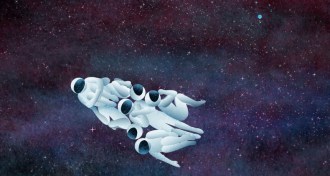 Psychology
PsychologyRigors of Mars trip make teamwork a priority
It’s going to take a different kind of mental approach to travel to Mars and back: less individuality, more collaboration and adaptability. Astronauts are being tested to prepare for such a mission.
By Bruce Bower -
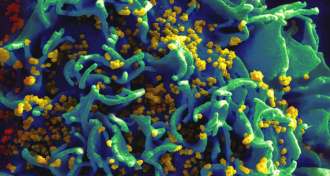 Life
LifeSemen seems to counteract microbicides that kill HIV
Semen seems to inhibit most microbicides from killing HIV, but one that targets a receptor on cells remains effective, suggesting a promising approach against HIV.
-
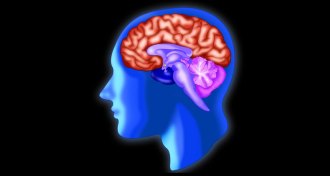 Neuroscience
NeuroscienceStopped brain clock saves memory in hamsters
Broken timekeeper in brain may explain some memory problems, hamster study suggests.
By Meghan Rosen -
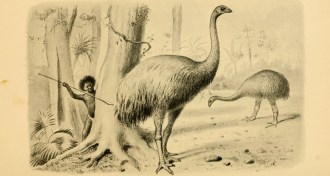 Animals
AnimalsFew humans were needed to wipe out New Zealand’s moa
A new study finds that the Maori population was still small when it managed to drive several species of large, flightless birds extinct.
-
 Genetics
GeneticsRare mutations may protect against heart disease
Rare mutations in a key gene seem to lower bad cholesterol and provide protection against heart disease.
By Nathan Seppa -
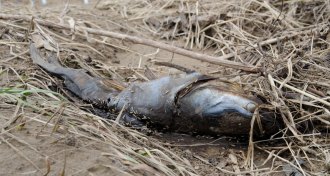 Health & Medicine
Health & MedicineFoul smells during sleep may help smokers quit
A night of smelling rotten eggs and fish while inhaling cigarette odors makes smokers reach for fewer cigarettes upon waking.
-
 Neuroscience
NeuroscienceSerotonin lies at the intersection of pain and itch
Serotonin may help relieve pain, but it also causes itch. A study shows why scratching just makes it worse.
-
 Health & Medicine
Health & MedicineWhooping cough shot shown safe for pregnant women
Women who get a booster shot against whooping cough, or pertussis, during pregnancy don’t increase their risk of having a problem birth, and they boost their babies’ immunity to the disease.